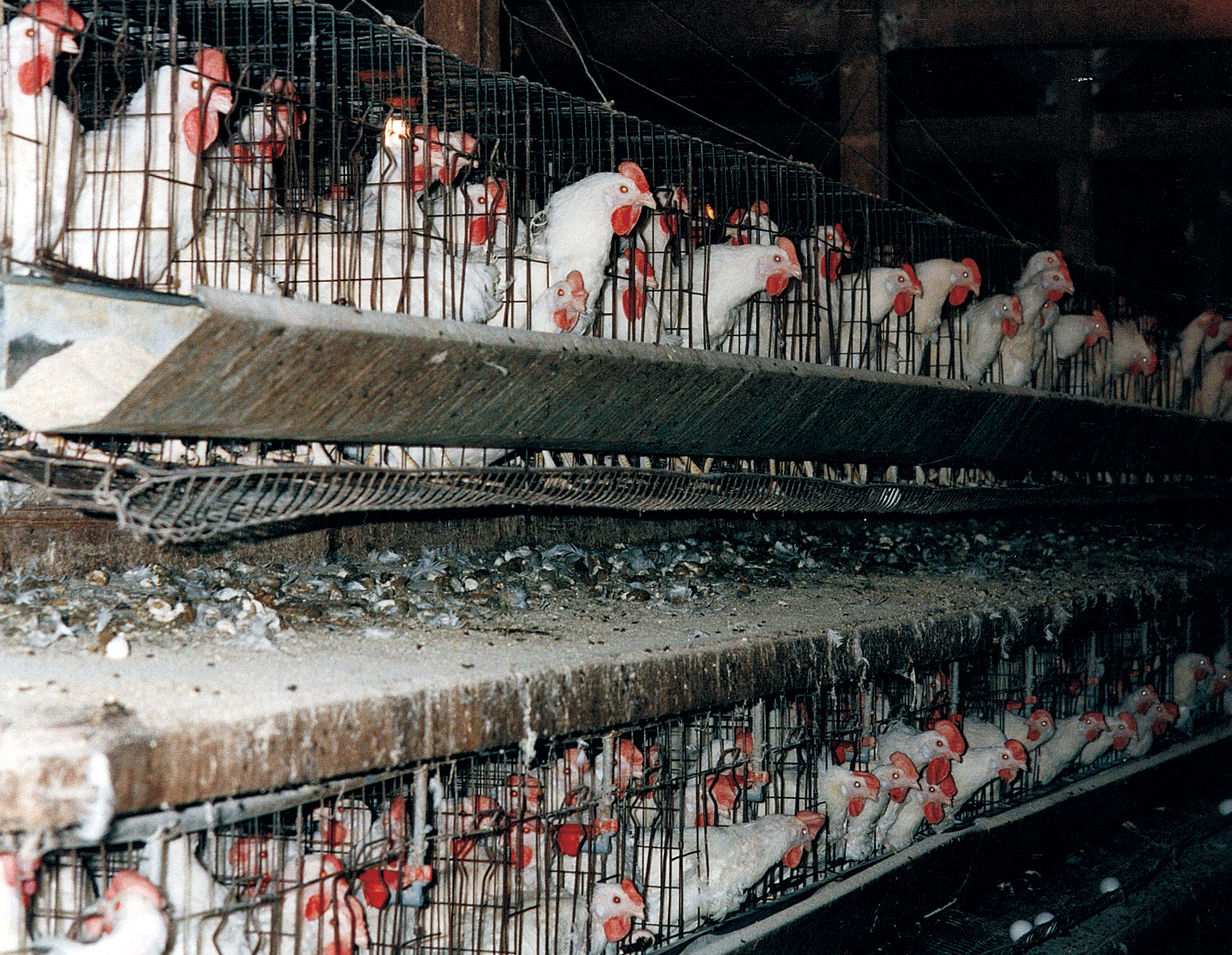vegans support ANIMAL rights
What Are animal rights?
The fundamental principle of the modern animal rights movement is that many nonhuman animals have basic interests that deserve recognition, consideration, and protection. In the view of animal rights advocates, these basic interests give the animals that have them both moral and legal rights (www.britannica.com/topic/ animal-rights).
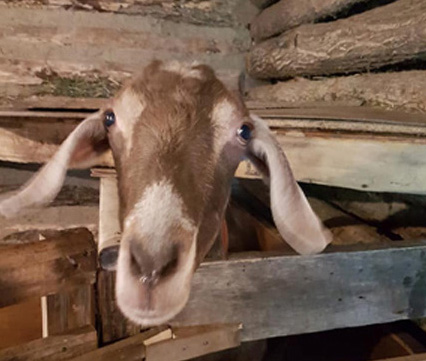
Photo: David Gill, Sharbot Lake, ON, Canada
Vegans are 100% committed to supporting animal rights.
animal rights and food production
Animals used for food (meat, poultry, fish, game, for example) or in the production of food (dairy, eggs, honey, gelatin) are subjected to multiple violations from simple discomfort to absolute cruelty. PETA (People for the Ethical Treatment of Animals) has identified numerous instances where animals have been made to suffer needlessly to satisfy the human desire for animal-based diets. Commercial (factory) farming, in particular, is ruthless in its disregard for animal misery.
commercial (factory) farming
CATTLE
In industrial animal factories, cattle are valued strictly as a commodity. The larger and faster they grow, the more valuable they become to the food industry. To achieve rapid growth, the cattle are kept in “feedlots” and fed a high protein grain-based feed, consisting of corn, soy, and miscellaneous by-products designed to increase their weight in the shortest possible time. Some of the miscellaneous by-products come from animal sources deemed unfit for human consumption. In addition, approximately 90% of industrially-farmed U.S. cattle have growth hormones added to their food (www.foodispower.org).
In addition to growth hormones, industrially farmed cattle are treated with antimicrobials (including antibiotics). The historical trend has been for the increased use of antimicrobials on animals kept for food production. From 2009-2015, there was a 24% increase in antimicrobials used on animals raised for food production with 34.4 million pounds of antimicrobials being sold in 2015 alone. In 2017, The Economist reported that, "80% of all antibiotics sold go to farmers" (Ibid)
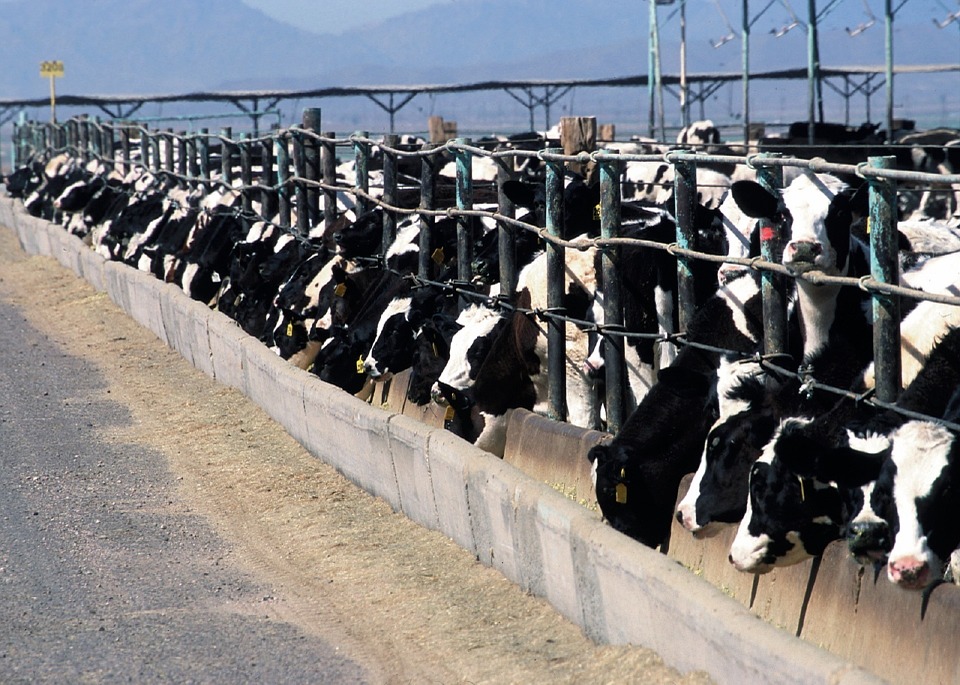
Free Photo: Pixabay.com
Factory-farmed cattle are often crowded together, with some of the largest confined animal feeding operations (CAFOs) housing up to 100,000 cattle at a single location. Choice males are selected for breeding while others, not so choice, are castrated using particularly harsh and painful procedures (Ibid).
More than 34 million cattle are slaughtered each year in the United States alone. Throughout their lives, these animals are subjected to horrible conditions and procedures. They live in crowded, filthy feedlots and are forced to eat an unnatural diet laden with growth hormones. Mutilations are commonplace, causing both acute and chronic pain. No animal should have to suffer like this. Veganism can help end these cruel practices (Ibid).
PIGS
SHEEP
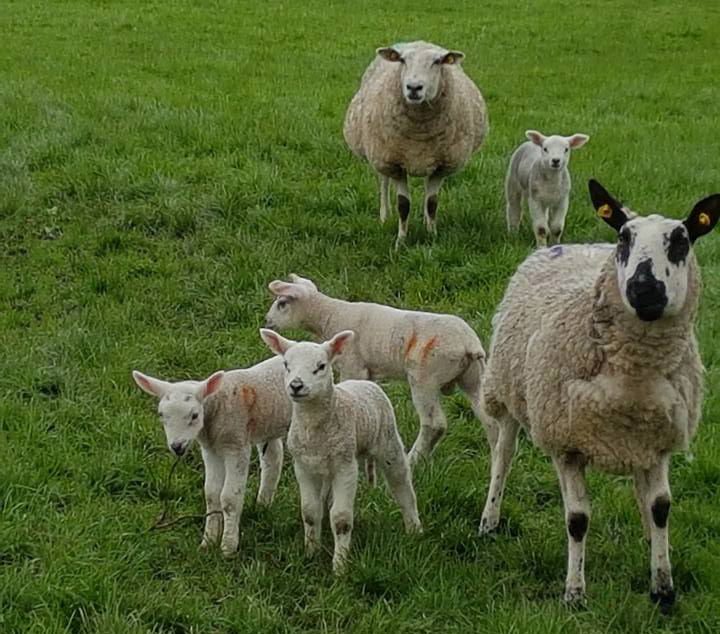
Photo: David Gill, Sharbot Lake, ON, Canada
And you want to eat them....?!
poultry
More than 8 billion chickens are raised and killed for meat each year in the U.S alone. They are raised in huge, ammonia-filled, sheds where artificial lighting is manipulated to make the birds eat as often as possible.
To keep up with demand and reduce production costs, genetic selection and a steady dose of growth-promoting drugs are used to ensure large, fast-growing birds. Today, most chicks take only six to seven weeks to reach “processing” weight, and chickens raised for meat weigh an average of one-fifth more than those raised in the 1950s. The shift in consumer habits—from eating whole chickens to chicken parts—has encouraged the industry to raise birds with “thicker breast[s], fatter wings and chubbier drumsticks,” according to the Associated Press. Skeletal problems, especially in the legs, are common among these birds, and many die from ascites, a disease thought to be caused by the inability of birds’ hearts and lungs to keep up with their rapid skeletal growth. According to one study, “[T]he bird’s demand for oxygen exceeds its cardiopulmonary capacity” (www.PETA.org).
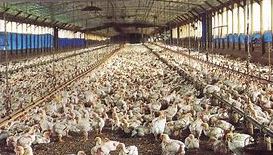
Not this...
But this...
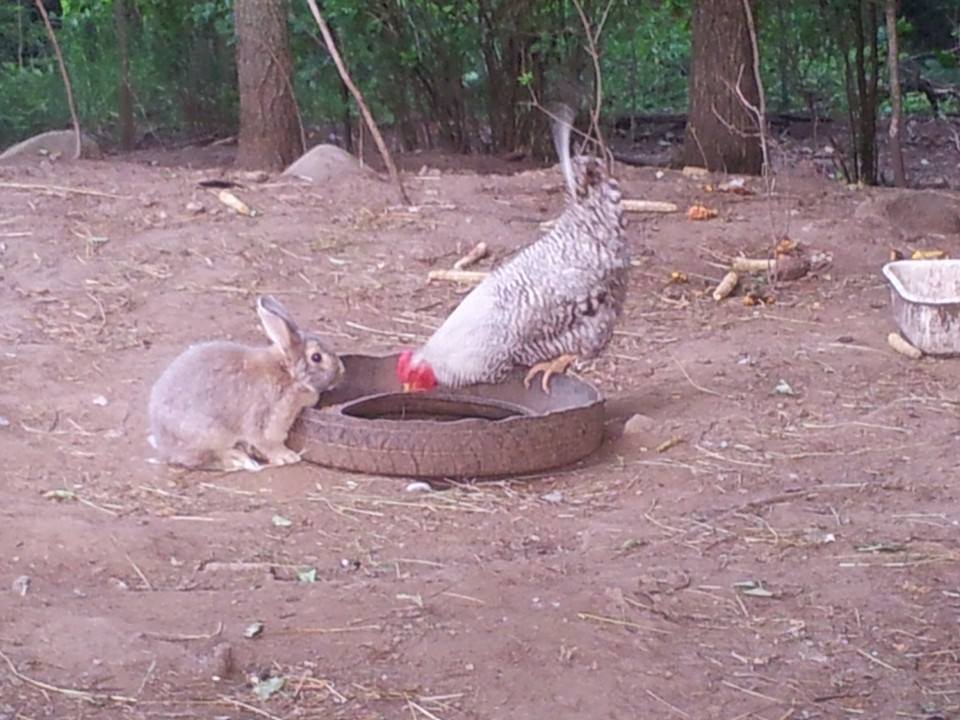
Photo: David Gill, Sharbot Lake, ON, Canada
EGGS
Most eggs sold for human consumption are produced in battery farms. Battery farms consist of huge, windowless sheds housing thousands of hens who are crammed four or five at a time into small wire cages stacked on top of each other in rows. Each hen may have as little as 430cm² of space: too small to spread even one wing. Battery farms exist across the world, and the majority of egg-laying hens in the US are battery, despite bans in some states.
